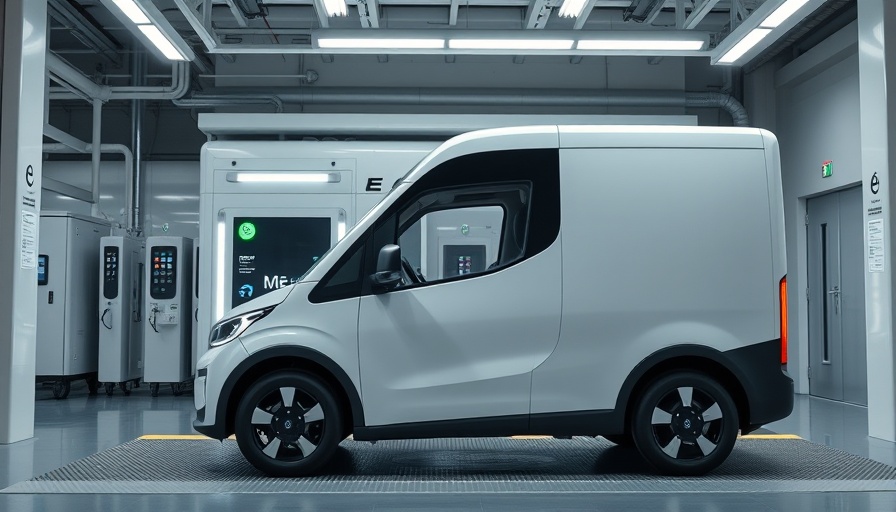
The Challenge of EV Charging in Urban Environments
In bustling urban centers like Tokyo, the surge in electric vehicle (EV) adoption poses significant infrastructure challenges. With narrow streets and limited parking, traditional charging stations can become bottlenecks, leading many to question the viability of electrification. Battery swapping, proposed by innovators like Ample, emerges as a potential solution. By allowing drivers to quickly exchange depleted batteries for fully charged ones, the model could redefine convenience for city dwellers.
Battery Swapping: A Game Changer?
Battery swapping technology has the potential to revolutionize the EV experience. Instead of waiting for a battery to charge, which can take hours, drivers can feel empowered to simply drive in, swap their battery, and continue their journey in mere minutes. This could incentivize more drivers to transition to electric vehicles, addressing the concern of range anxiety that often plagues potential buyers. For example, in countries like China, where battery swap stations exist in abundance, EV adoption rates have soared. Tokyo could replicate this success, influencing global trends in electrification.
Social Implications of Quick Battery Replacements
Beyond the technology lies a broader impact on society. Having an efficient battery swapping system could lead to more sustainable urban transportation. If designed with public convenience in mind, these stations could be integrated into daily commutes—located near shopping centers or office buildings, for example—making it easier for consumers to adopt EVs without undergoing significant lifestyle changes. Emphasizing this communal aspect can drive acceptance and create a culture where sustainable transportation becomes the norm.
Future Prospects: Could Other Cities Follow Suit?
If battery swapping is successfully implemented in Tokyo, it could serve as a model for other major cities worldwide facing similar challenges. Amsterdam and New York, already grappling with EV infrastructure, might find inspiration in Tokyo's approach. However, adoption will rely heavily on collaboration between battery manufacturers, automotive companies, and local governments to create a cohesive system.
Decision-Making for Dealers and Stakeholders
For dealership owners and general managers, staying ahead of EV trends is crucial. The introduction of battery swapping technology may reshape how vehicles are marketed and sold. Dealerships should consider investing in training programs—such as auto salesman training and car sales training—that equip their teams with knowledge about this innovative technology. Understanding the mechanics and benefits of battery swapping will enable sales teams to effectively address customer queries and concerns, enhancing the overall buying experience.
Conclusion: The Road Ahead for EV Adoption
As the need for sustainable transportation grows, so does the potential for innovative solutions like battery swapping. For dealerships, embracing this trend through specialized training can position them as leaders in the evolving automotive landscape. It's more than just a trend—it's an opportunity to shape the future of mobility.
 Add Row
Add Row  Add
Add 




Write A Comment